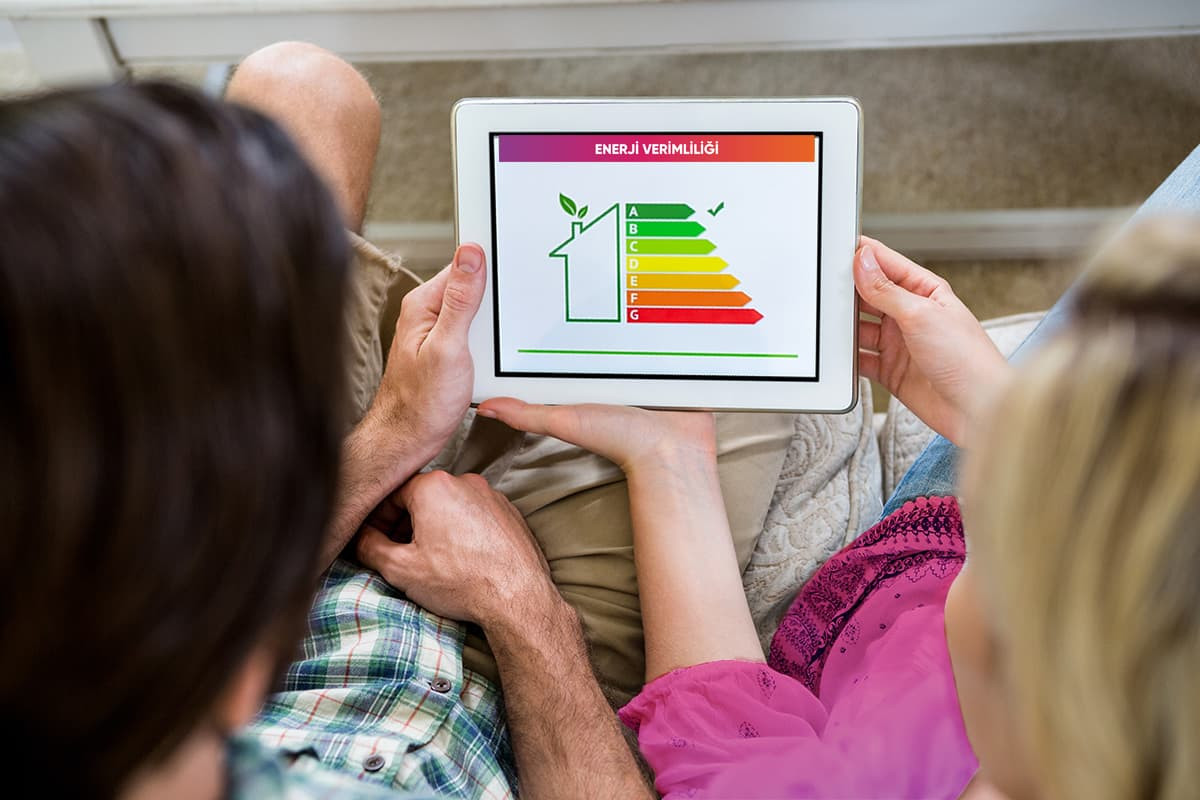
What is Energy Class? Meaning of the Energy Labels
What is in this article?
As the effects of climate change increase due to global warming, regulatory studies are being conducted on many aspects of life, especially electricity consumption.
The introduction of energy class and corresponding labeling is one of the most environmentally friendly studies conducted in the European Union.
In addition to the impact on the environment, the energy labels also allow economic savings. Thanks to these labels, you can learn how much energy the household appliances in your household consume in a year and switch to a more economical model.
Do you know the details of this classification, which includes all electrical appliances manufactured today?
This article will tell you everything you need to know about the updated energy classes and labels. This will make it easy for you to choose options when selecting products that can reduce energy consumption and keep your bills under control.
What is Energy Class?
Energy class is a form of scaling that categorizes and ranks an electronic device in terms of its energy efficiency.
The old indicator chart started with the most efficient class, A+++, and progressed through A++, A+, A, B, C, to the most inefficient class D. However, this chart was changed in 2021.
This change was intended to encourage manufacturer brands to develop much more energy-efficient and environmentally friendly technical products. In the new table, the energy label with the highest efficiency will be class A from 2021. Class A will be followed by classes B, C, D, E, F and G.
Importance of Energy Labels
Energy labels can be used to classify some appliances powered by electricity according to their compliance with European Union standards.
In March 2021, new energy labels were introduced for refrigerators and freezers, washing machines, dryers and dishwashers, ovens, televisions and monitors.
Using these labels, you can easily find out how much electricity the product you are about to buy consumes. This will give you an idea of how much of an impact it will have on your electricity bill.
|
BONUS: What is Energy Efficiency Index? Energy classes are classified according to a reference value established in accordance with European Union standards. This value is called the Energy Efficiency Index, or EEI for short. The index indicates how far below a predefined reference current source the pump's power input is. The lower the index value, the less energy the device consumes. |
Current Energy Index Classes
Energy Class A
The energy class with the highest efficiency is energy class A. The energy efficiency indices of appliances with this label are at or below 41. You can save a lot of money by choosing appliances with an A energy label at home and at work.
Energy Class B
The energy class B is used for appliances with an index value between 51 and 41. This energy efficiency class is not as efficient as class A, but it includes appliances that effectively save electricity.
Energy Class C
The third best group with high energy saving potential is appliances of energy class C. Products in this energy class help you save electricity in a way that can be described as moderate. Their maximum index value is 64.
Energy class D
Energy class D is the classification for appliances with below-average energy efficiency. Index values have a value of 80 and below. Using appliances of this class can significantly increase the monthly electricity consumption.
Energy Class E
Class E is one of the energy classes with low energy efficiency. Devices with index values of 100 and below belong to this class.
Energy Class F
The energy class F label appears on appliances with low efficiency. People who want to save electricity are advised not to use appliances of this energy class. The reason is that the index values can be as high as 125.
Energy Class G
G, with an index value above 125, is the least efficient energy class. The energy consumption of electrical appliances with this energy class label has a negative impact on the electricity bill.
Energy Classes in White Goods
White goods have been reclassified under the new energy efficiency labeling system. While they used to be classified as A++, A+++, etc., they are now labeled in a much more understandable way.
To find out which energy class your favorite home appliances belong to, you can look for the black arrow symbol on the front of the label. This arrow directly indicates how much energy the product consumes. Directly below the chart, you can see the energy consumption for that class in kilowatt hours/year.
In addition to these values, the new label also includes new classification criteria. For refrigerators, for example, the total capacity of the freezer and refrigerator sections is indicated separately in liters. There is also information about the product's noise level in decibels.
The scale of noise level is similar to the table of energy classes. In other words, it is ranked from A to D, from low to high. Therefore, it is advantageous to prefer class A products in this classification.
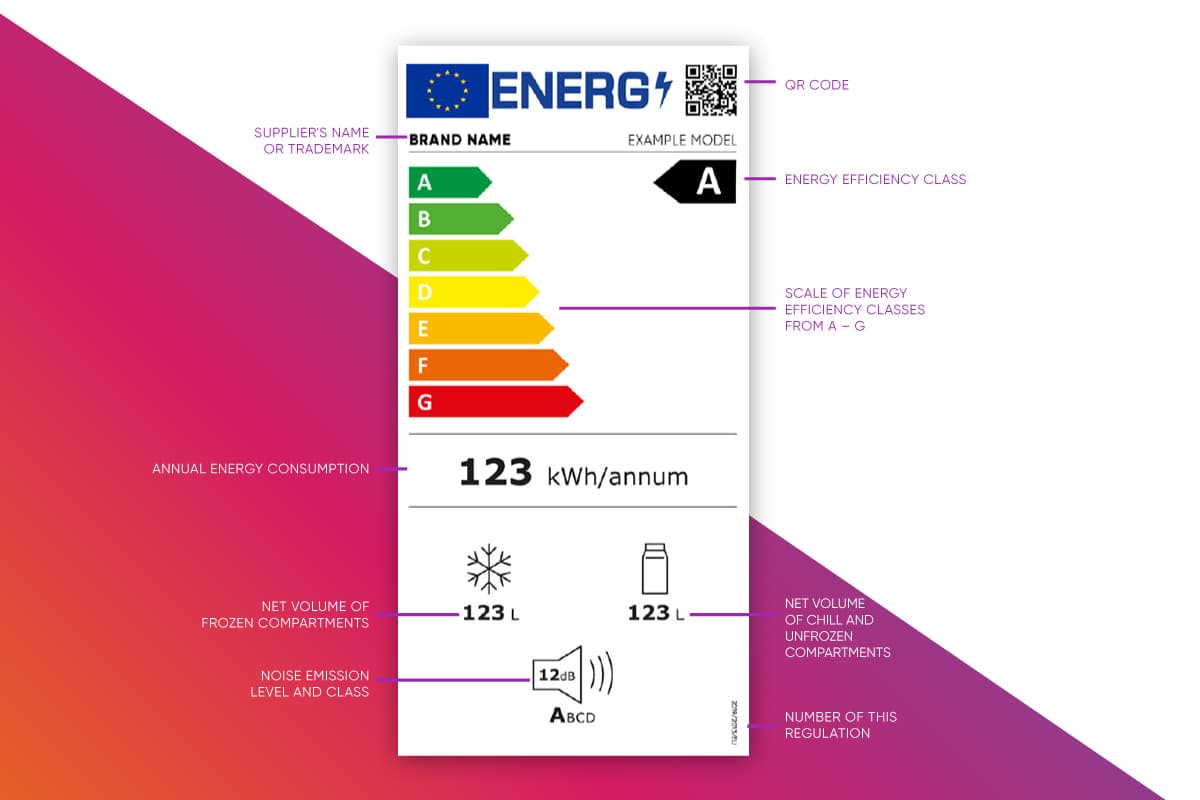
Washing machines have more detailed information on energy consumption than other household appliances. For example, you can read the duration of the eco program, load capacity, spin efficiency class, water consumption per spin cycle and noise level on the bottom of the label.
For tumble dryers, information such as water consumption and duration is given separately for full washing programs and wash cycles.
For dishwashers, water and energy consumption is indicated based on the eco program.
Energy Classes for Electronic Appliances
The new EU energy labels, where A stands for the highest efficiency class and D for the lowest, are used on many electronic devices. With the QR codes placed on these new labels, consumers can find out about the energy class of electronic devices as well as the various features of the product.
It should be noted that the information on the new labels varies depending on the type of product. Vacuum cleaners, for example, also have a scale like the dust collection class. As with energy class ratings, class A is the most efficient dust collection, and class G is the least efficient.
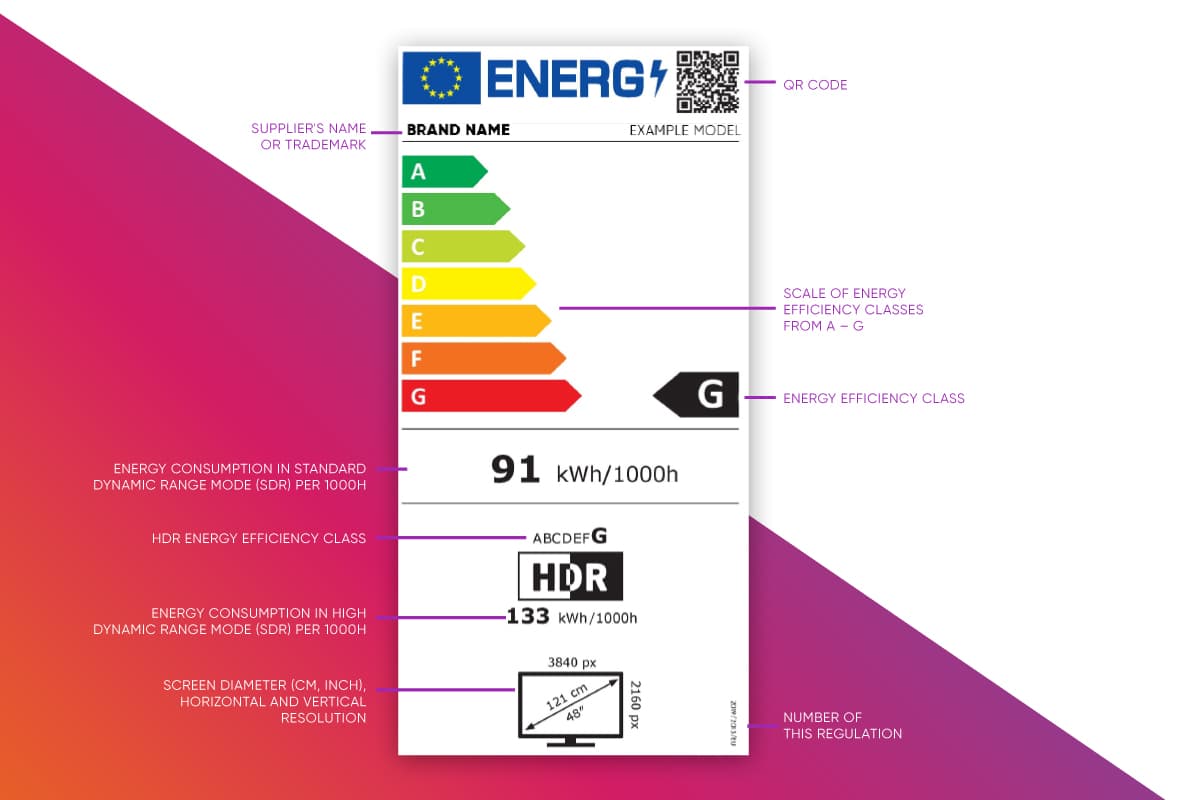
Relationship between Energy Class and Power Consumption
In the energy class designation, energy consumption increases the farther away from the letter A you go. According to the new regulation, the most inefficient and electricity consuming energy class is the class G electronic equipment.
If you pay attention to the energy class of the home appliances you buy, you will know what your energy consumption will be, and you can save energy by choosing products with a higher energy class.
The Importance of Energy Efficiency in Electronic Appliances
Energy efficiency in electronic appliances reduces the amount of electrical energy needed to do the same job. Less electricity consumption means less greenhouse gas emissions into the environment. This helps to keep the carbon footprint at an optimal level and reduce environmental damage.
Energy efficiency of electronic equipment also has an economic dimension. Using less electrical energy to do the same work means lower electricity bills.
To benefit from energy efficiency, you can use our Electricity Consumption Calculation to find out how much electricity your electrical appliances are using and see our energy saving tips.
If you need more energy saving suggestions, you can read our article How to Save Electricity? Energy Saving Tips.

 Online Services
Online Services Application Inquiry
Application Inquiry Pay Assurance Fee
Pay Assurance Fee Query Installation Number
Query Installation Number Compensation Fee Inquiry
Compensation Fee Inquiry Automatic Payment Order Inquiry
Automatic Payment Order Inquiry Partnership
Partnership

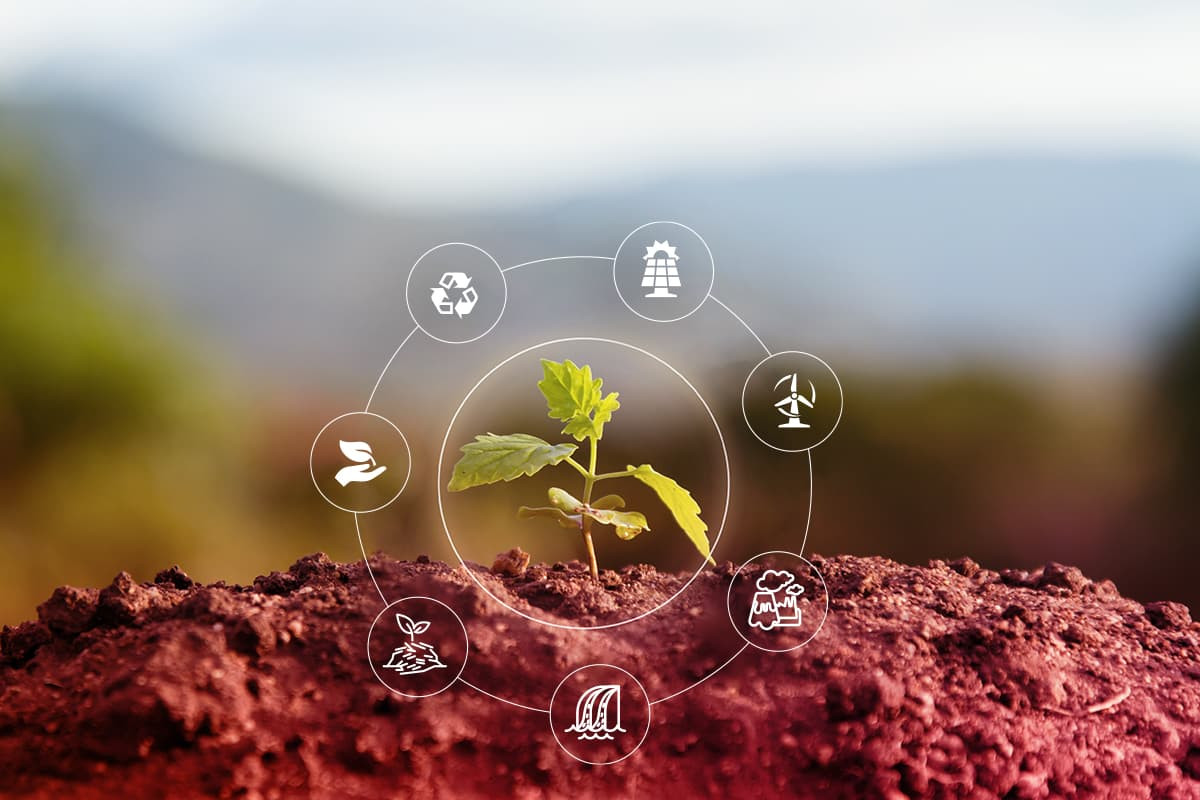
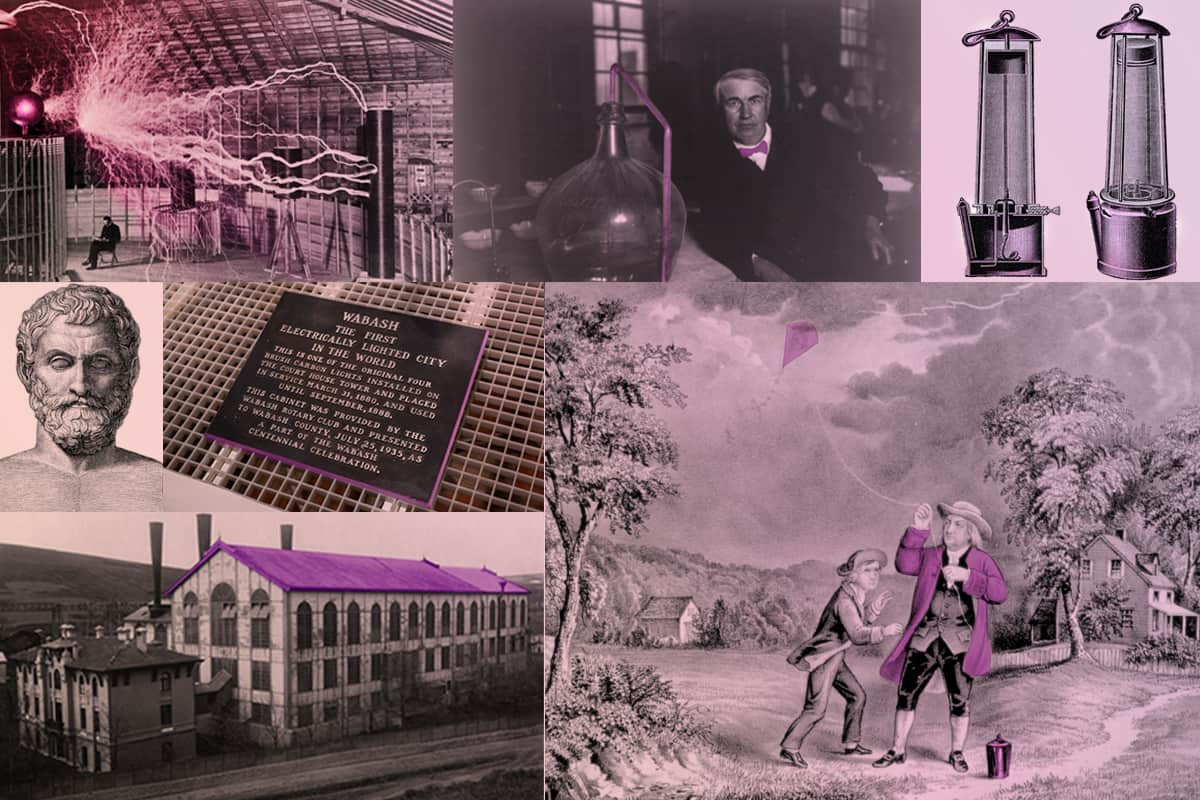
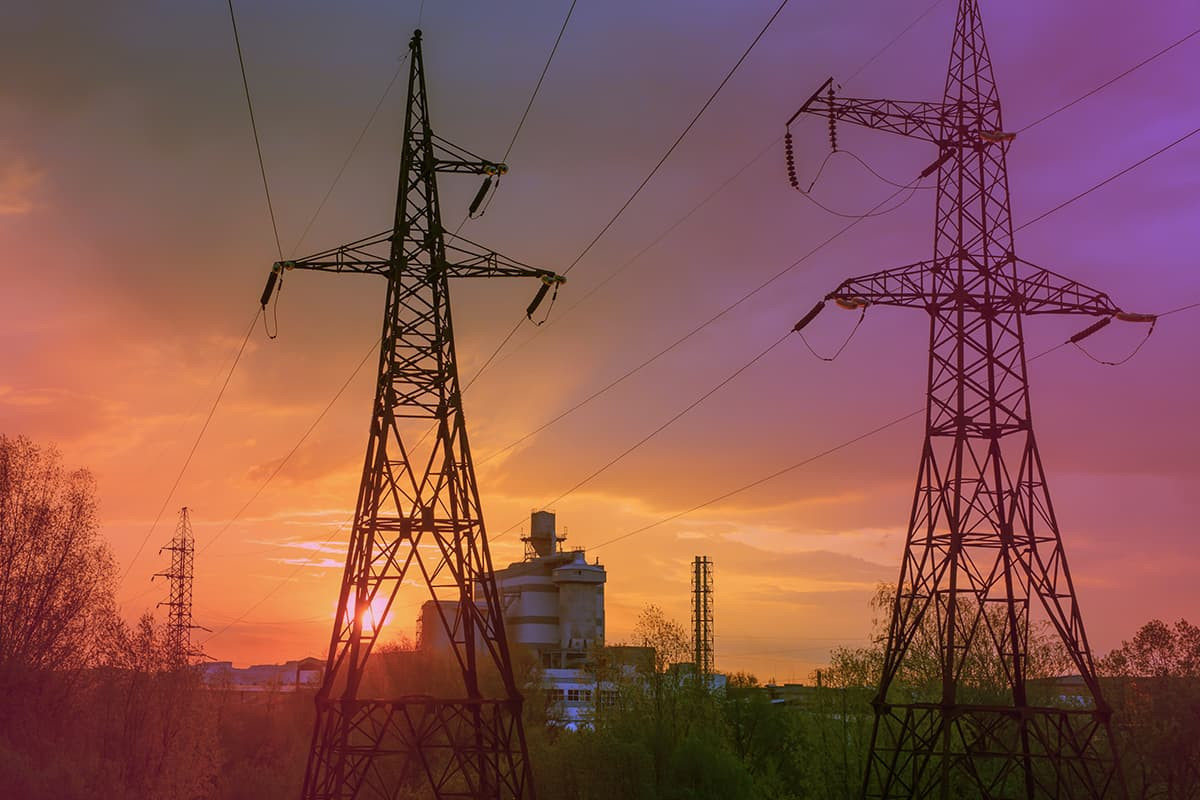

Leave a Comment